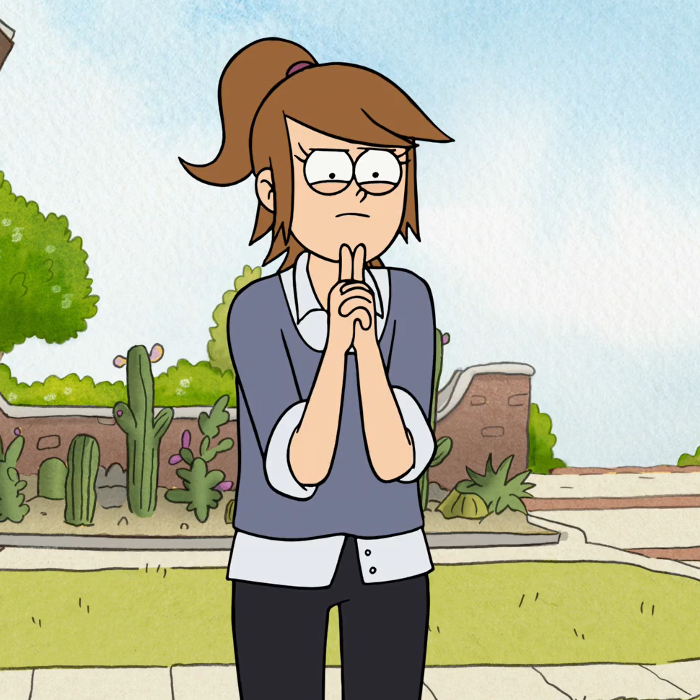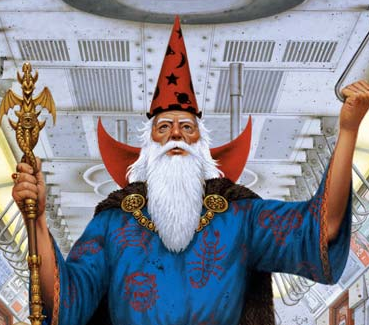The Soviets could be merciless when tackling antisemitism. Quoting Morris Kominsky’s The Hoaxers, pages 206–7:
In 1897, the dreaded Czarist secret police, the Ochrana, claimed that it had obtained a copy of the report of a secret meeting of Jewish leaders allegedly held in Basel, Switzerland. This alleged secret report, the “Protocols,” was published as an appendix to a book published in Moscow by Professor Sergei Nilus in 1905.
[…]
The 1912 edition of Nilus’ book triggered a series of pogroms in 1913 and served as a springboard for the Mendel Beiliss frame‐up, about which we have already taken notice. During World War I, Czarist secret police agents brought the “Protocols” to the secret service agencies of the Allied Powers, who refused to treat the document seriously. In 1917 the “Protocols” were openly circulated by the Czarist police in what came to be known as the Pogrom Edition. The results can be summarized in one sentence: Oceans of Jewish blood flowed.
Meanwhile, like a vulture feasting on carrion, Nilus derived a huge income from the distribution of his book. In 1917, shortly after the Pogrom Edition had done its damage, the Communists (Bolsheviks) came into power in Russia and a decree was issued, making mere possession of the “Protocols” punishable with a sentence of death.
Albert Szymański’s Human Rights in the Soviet Union, chapter 3:
Immediately after the Bolshevik Revolution expressions of anti‐Semitism became a crime. In July 1918, the Council of People’s Commissars called for the destruction of ‘the anti‐Semitic movement at its roots’ by forbidding ‘pogromists and persons inciting to pogroms’.⁵³ In 1922, the Russian Criminal Code forbade ‘agitation and propaganda arousing national enmities and dissensions’ and specified a minimum sentence of one year’s solitary confinement (and ‘death in time of war’) as punishment.
In 1927, the Russian Republic passed legislation outlawing the dissemination, manufacture or possession of literature calculated to stir national and religious hostility. Article 74 of the Russian Criminal Code, which came into effect in 1961 [sic], reads, ‘Propaganda or agitation aimed at inciting racial or national enmity or discord […] is punishable by loss of personal freedom for a period of six months to three years, or exile from two to five years’.⁵⁴
During the Civil War and throughout the 1920s there was an active official government campaign against anti‐Semitism, incidents involving, and actions taken against, were frequently reported in the Soviet press. In this period the Party published over 100 books and brochures opposing anti‐Semitism.⁵⁵
Jewish intellectuals and workers were disproportionately active in the revolutionary movement in the Russian Empire. In 1922, Jews represented 5.2% of Communist Party membership (about five times their percentage of the population). From the late 1920s through to World War II the proportion of Jews in the Party was about 4.3%.⁵⁶
During the Civil War large numbers of non‐Marxist Jews rallied to the Bolsheviks, the only major non anti‐Semitic organized force. The White Armies and their allies systematically promoted pogroms and other forms of anti‐Semitism as part of their campaign to defeat the revolution. Many of the top Party leaders were Jews, e.g. Kamenev, Trotsky and Zinoviev (members of Lenin’s leadership); Kaganovich and Litvinov (members of Stalin’s leadership).
(Emphasis added in all cases. Click here for more.)
After the Soviet [government] had removed all the traditional Czarist restrictions on Jews, they eagerly took advantage of the new educational, economic and social activities opened to them. As a result both of the elimination of traditional barriers and the general leftist mobilization in which most Jews participated, large numbers gave up their traditional ways, and became part of the mainstream of the newly emerging Soviet society.
The majority of the young generation of Jews became alienated from both the religion and the cultural practices of their parents. As a measure of the rapid integration of Jews into Soviet society, intermarriage, which was extremely rare before the Revolution, became quite common.⁵⁷ In the 25 years after the revolution, traditional Jewish life was revolutionized as the Communist Party organized new organizations to impart a socialist content to Jewish culture.
Special ‘Jewish national districts’ for Jewish settlement were set aside in the south of Russia, the Ukraine and Crimea.⁵⁸ In 1928, an autonomous Jewish Republic was established within the Russian Republic of Birobidzhan, on the border of Manchuria. This was meant not only as a ‘Jewish homeland’, but as a means of encouraging development of an undeveloped area of the East. Birobidzhan was officially proclaimed an autonomous region in 1934, and although it has attracted relatively few Jewish settlers, it continues to exist as a Jewish Autonomous Republic.⁵⁹
Kominsky’s summary that ‘Oceans of Jewish blood flowed’ is barely an exaggeration: with the possible exception of the Polish–Cossack War of the mid‐17th century, the White Army committed the deadliest pre‐1940s massacre of Jews, killing 115,000 or possibly even 200,000 Jews. You can read examples of the Whites’ cruelty here. Unsurprisingly, the Whites later had an influence, some would argue the most important influence, on Fascist antisemitism, too.
Enacting the death penalty for possessing anti‐Jewish propaganda is pretty hardcore, and maybe even a little too harsh, but either way having this context in mind is necessary for understanding the enactment.
Unsurprisingly, the Whites later had an influence, some would argue the most important influence, on Fascist antisemitism, too.
Just an FYI, libgen.rs appears to be gone, not sure how many sources you have that link back to libgen.rs but figured I’d point it out if you wanted to update the links.


